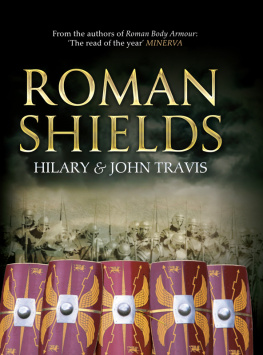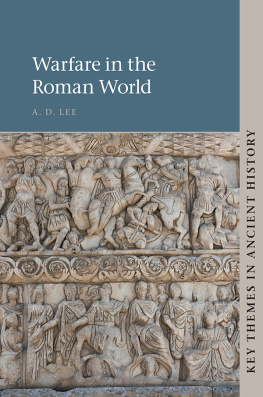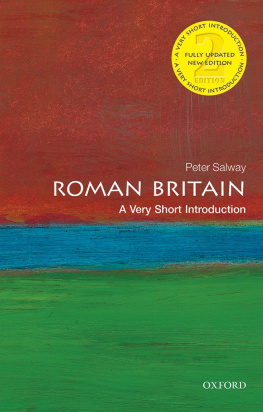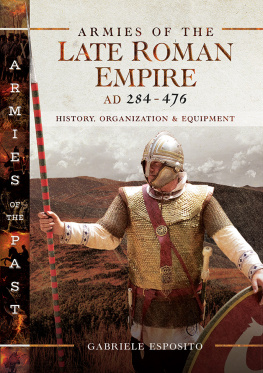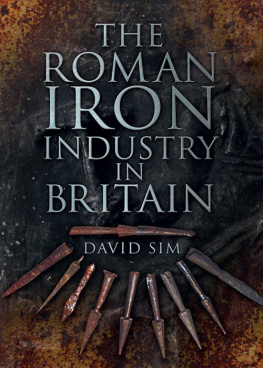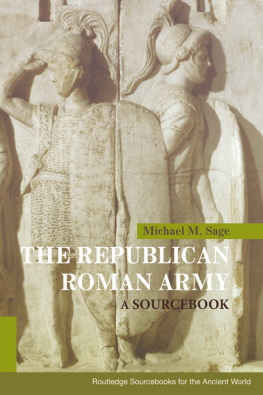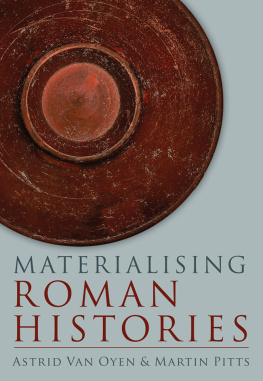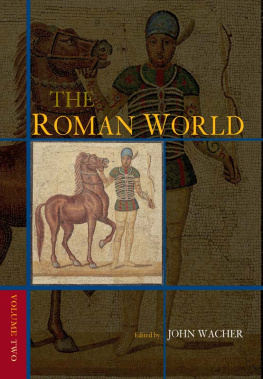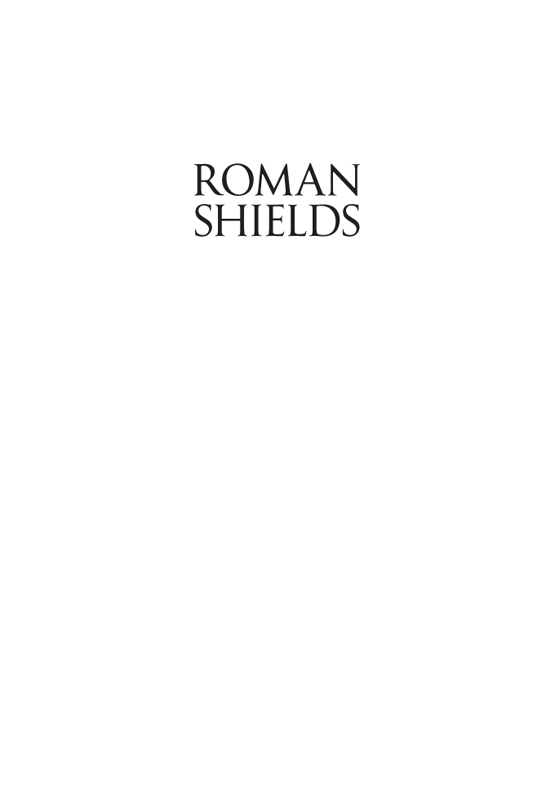First published 2014
Amberley Publishing
The Hill, Stroud
Gloucestershire, GL5 4EP
www.amberleybooks.com
Copyright Hilary & John Travis 2014
The right of Hilary & John Travis to be identified as the Authors of this work has been asserted in accordance with the Copyrights, Designs and Patents Act 1988.
All rights reserved. No part of this book may be reprinted or reproduced or utilised in any form or by any electronic, mechanical or other means, now known or hereafter invented, including photocopying and recording, or in any information storage or retrieval system, without the permission in writing from the Publishers.
British Library Cataloguing in Publication Data.
A catalogue record for this book is available from the British Library.
ISBN 978-1-4456-3838-6 (HARDBACK)
ISBN 978-1-4456-3843-0 (eBOOK)
Typeset in 10pt on 12pt Sabon.
Typesetting and Origination by Amberley Publishing.
Printed in Great Britain.
CONTENTS
LIST OF TABLES
Table 1 Shield finds from Fayum, Doncaster and Dura Europos.
Table 2 Shield fragments from Masada.
Table 3 Military units shield emblems and birth signs (1).
Table 4 Military units shield emblems and birth signs (2).
Table 5 Military units shield emblems and birth signs (3).
Table 6 Comparison of shield cover/shield board sizes.
Table 7 Bow strength comparisons.
Table 8 Arrow penetration test.
Table 9 The infantry in the Servian system.
Table 10 Types of copper ore found.
Table 11 Colours of Temper.
Table 12 Processing iron ore into pig iron.
Table 13 Formation of steel.
Table 14 Effects of different methods of cooling on iron, dependant on level of carbon inclusions.
LIST OF ILLUSTRATIONS
Fig. 1 Progression of Roman legionary shield shapes.
Fig. 2 Sculpture from Alba Iulia depicting soldier or gladiator wearing composite segmented armour carrying rectangular legionary-style shield.
Fig. 3 Sword and shield mountings from Newstead.
Fig. 4 Shield handgrip from the Lunt (artwork J. R. Travis).
Fig. 5 Shield edging strip from the Lunt (artwork J. R. Travis).
Fig. 6 Cavalry stela described as Imperial copy of a Republican relief of Mettius Curtius, Lacus Curtius in the Forum, Rome.
Fig. 7 Scene from Trajans Column showing legionaries in lorica segmentata, auxiliaries in mail (hamata) and archers in scale (squamata).
Fig. 8 Legionary from metopes of the Tropaeum Traiani at Adamklissi, fighting Dacians with long, curved falx weapons (metope 20).
Fig. 9 Legionary from metopes of the Tropaeum Traiani at Adamklissi, fighting Dacians with long, curved falx weapons.
Fig. 10 Legionary from metopes of the Tropaeum Traiani at Adamklissi (metope 21), fighting Dacians, wearing squamata, reinforced helmet, short greaves laminated arm defence on sword arm.
Fig. 11 Three Legionaries from metopes of the Tropaeum Traiani at Adamklissi (metope 14).
Fig. 12 Figures from pedestal relief from Kaestrich fort at Mainz (a) Auxiliary soldier; (b) Returning soldier; (c) Fighting legionaries; (d) Marching legionaries.
Fig. 13 Altar of Ahenobarbus, featuring soldiers in lorica hamata with Celtic-style cape shoulder protection, carrying oval shields with long vertical spina.
Fig. 14 Transitional form, with curved sides and flattened ends, still in use to the beginning of the first century AD, as seen on the legionary tombstone of Gnaeus Musius, from Mainz.
Fig. 15 Caius Valerius Crispus, of legio VIII Augusta, from the beginning of the first century AD.
Fig. 16 Aurelian Column showing legionaries carrying shields with a range of shapes.
Fig. 17 Two legionaries, wearing military cloak (sagum), hands resting on shields (straight top, curved sides, decorated with thunder flashes and stars).
Fig. 18 Sculpture of Roman legionary and cavalrymen, from Aemilius Paulus monument at Delphi, built around 168 BC.
Fig. 19 Standard bearer (signifier) from third century AD on stela from Carrawburgh, Hadrians Wall (Procolitia), depicted carrying small, hide-shaped shield.
Fig. 20 Evolution of the oval shield during the Iron Age.
Fig. 21 Four of the shields from Hjortspring, showing a range of shapes and sizes.
Fig. 22 Celtic shields La Tne.
Fig. 23 Celtic shields bronze (a) Chertsey (oval-shaped) and (b) Po Valley.
Fig. 24 Gallic warrior from Vacheres, late first century BC.
Fig. 25 Celtic shields hide shaped.
Fig. 26 Shield edging trim from hide-shaped shields.
Fig. 27 The vulture stela (c. 2500 BC).
Fig. 28 The Certosa situla.
Fig. 29 Remains of an Etruscan hoplite shield.
Fig. 30 Statuette of an ancient Greek hoplite or heavy foot soldier, from the Berlin Museum, c. 1900.
Fig. 31 Rectangular, bronze-faced fourth-century BC La Tne or Celtic shields from Britain: (a) Battersea shield; (b) Witham shield.
Fig. 32 Fayum shield.
Fig. 33 Doncaster finds.
Fig. 34 Illustration of Doncaster finds on shield: (a) front view; (b) reverse view.
Fig. 35 Plywood shield board fragments from Masada, showing chatter-pattern tool marks on wood and small pins for holding planks in place. Also showing surface coating of coarse-weave fabric and leather.
Fig. 36 Oval shield from Dura Europos shield 11 (Amazon shield).
Fig. 37 Oval shield from Dura Europos (shield board 619), showing plank construction, degree of curvature and applied leather edge binding.
Fig. 38 Shield of the Warrior God from Dura Europos.
Fig. 39 Rawhide shields from Dura Europos.
Fig. 40 Semi-cylindrical plywood shield from Dura Europos, presently at Yale.
Fig. 41 Dura fragmentary plywood shield.
Fig. 42 Late Roman-period plank-built shield from bog deposits at Illerup dal, Denmark; below, close-up of multiple lens-shaped repair patches.
Fig. 43 Circular shield bosses from Dura Europos.
Fig. 44 The South Shields shield boss (Durham shield boss).
Fig. 45 Decorated shield boss from Halmeag.
Fig. 46 Illustration of the Kirkham boss. Decorated shield boss from Kirkham, Lancashire.
Fig. 47 Bronze shield boss, from Papcastle, Cumbria.
Fig. 48 The shield boss from Newton, near Doncaster.
Fig. 49 Raising the boss by beating from the inside.
Fig. 50 The completed boss with attachment holes punched.
Fig. 51 Reconstruction of the South Shields shield boss.
Fig. 52 Decorative devices on semi-cylindrical legionary shields from Trajans Column (1).
Fig. 53 Decorative devices on semi-cylindrical legionary shields from Trajans Column (2).
Fig. 54 Decorative devices on oval auxiliary shields from Trajans Column (1).
Fig. 55 Decorative devices on oval auxiliary shields from Trajans Column (2).
Fig. 56 Decorative devices on oval auxiliary shields from Trajans Column (3).
Fig. 57 Caius of legio II Adiutrix.
Fig. 58 Relief of god Mars from votive pillar at Mavilly, Cote dOr.
Fig. 59 Shield from Arch of Orange attributed to the legio II Augusta.
Fig. 60 Illustration from Notitia Dignitatum: insignia viri illustris magistri officiorum, from sixteenth-century copy of fifth-century manuscript.
Fig. 61 Removable covers for shields (as found at Caerleon).

